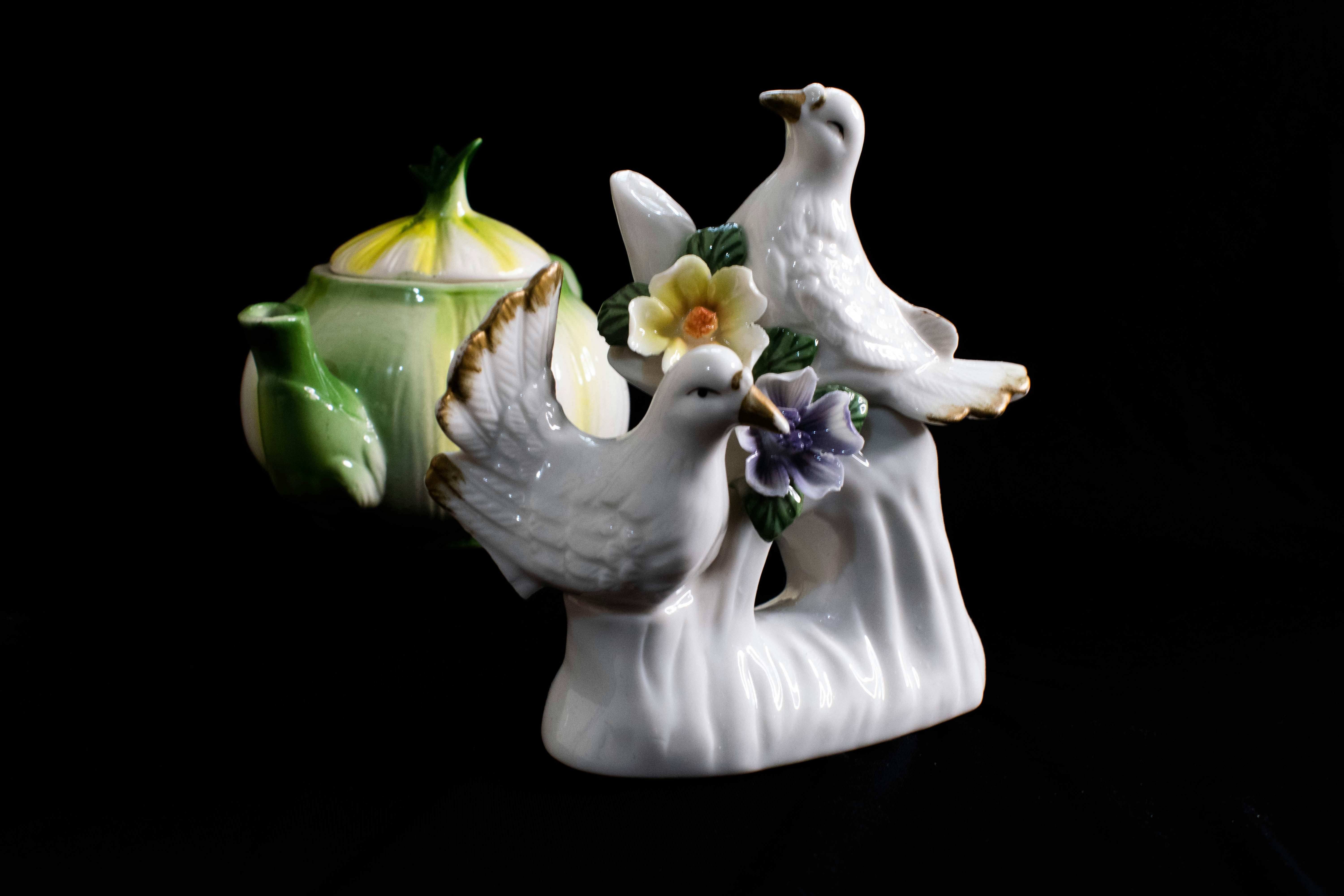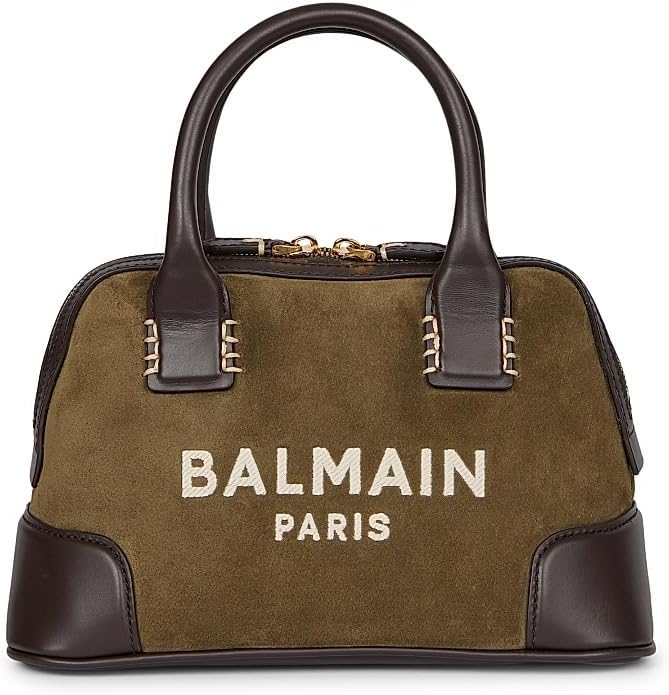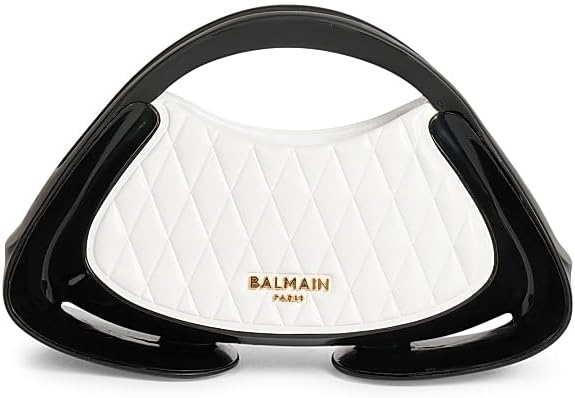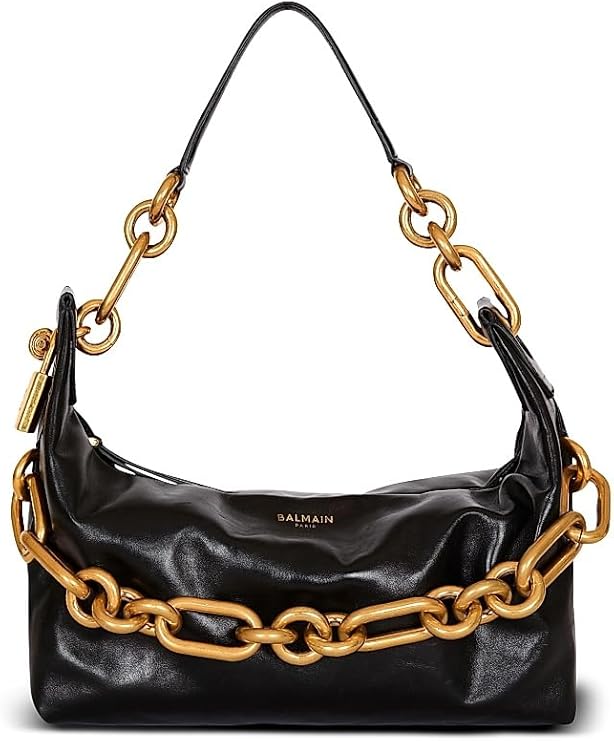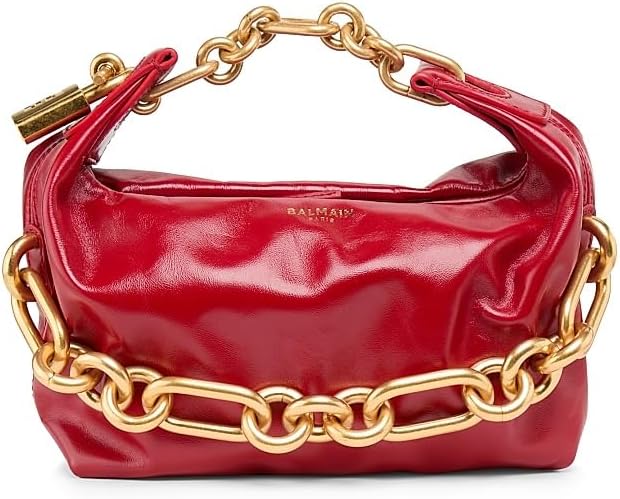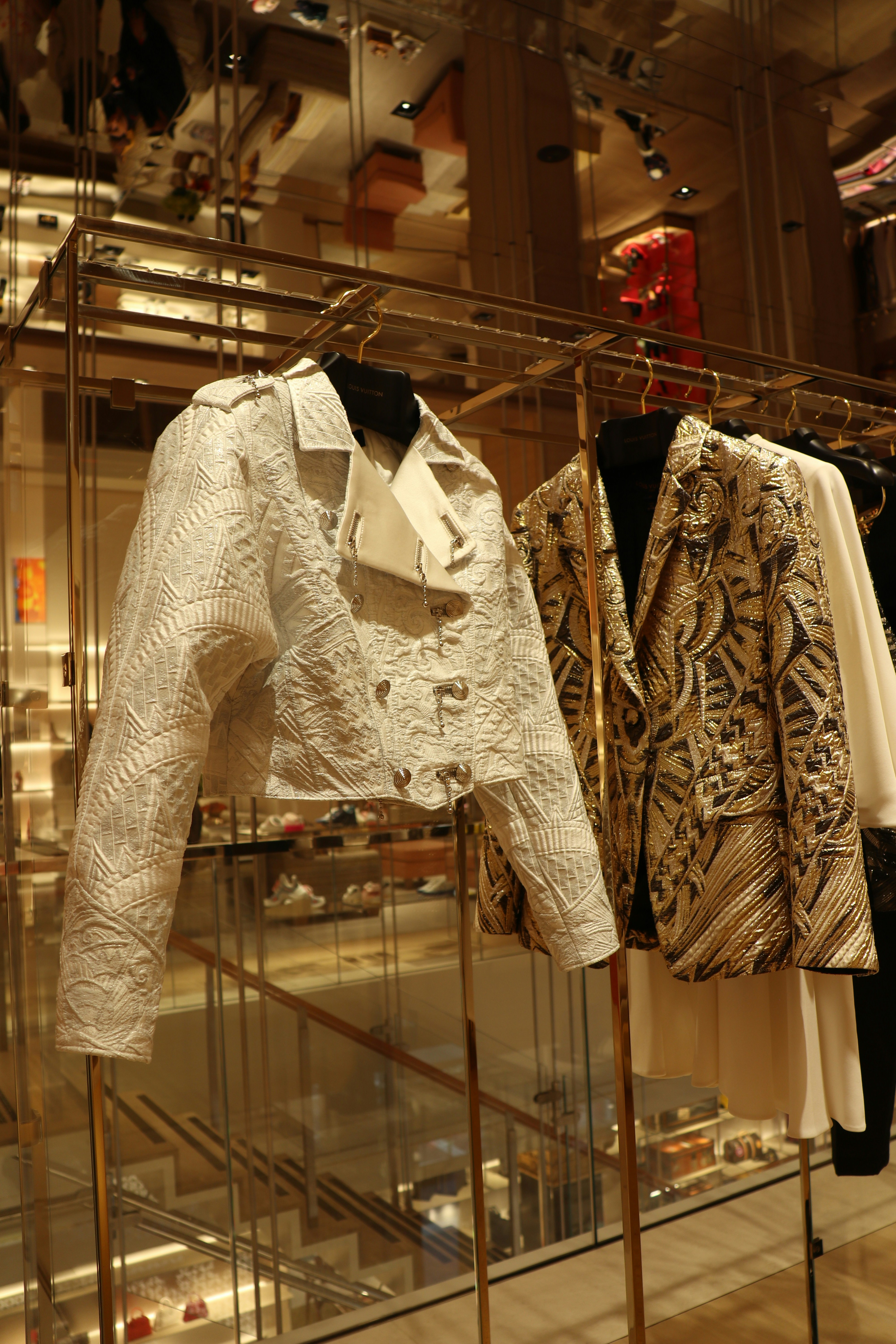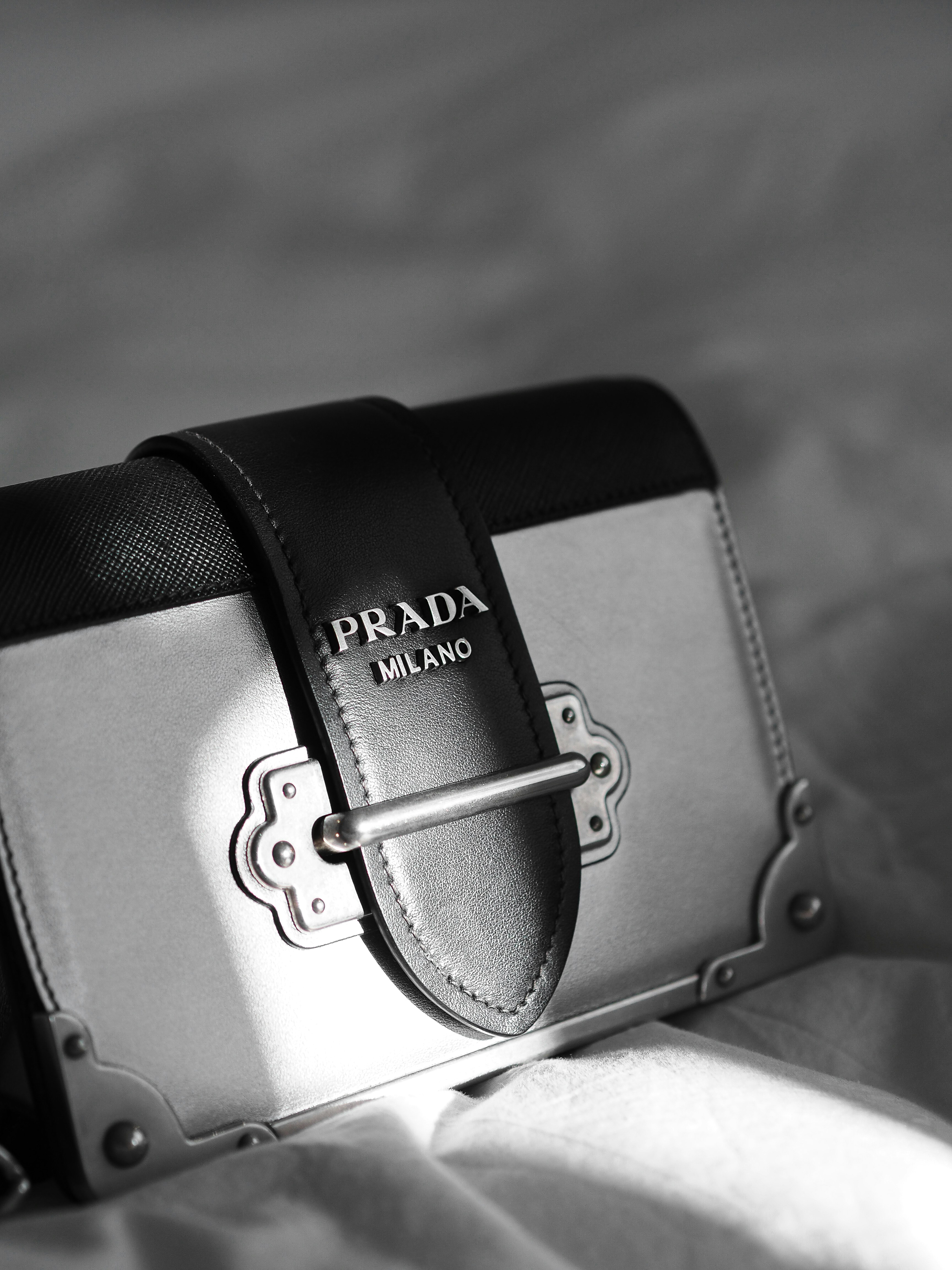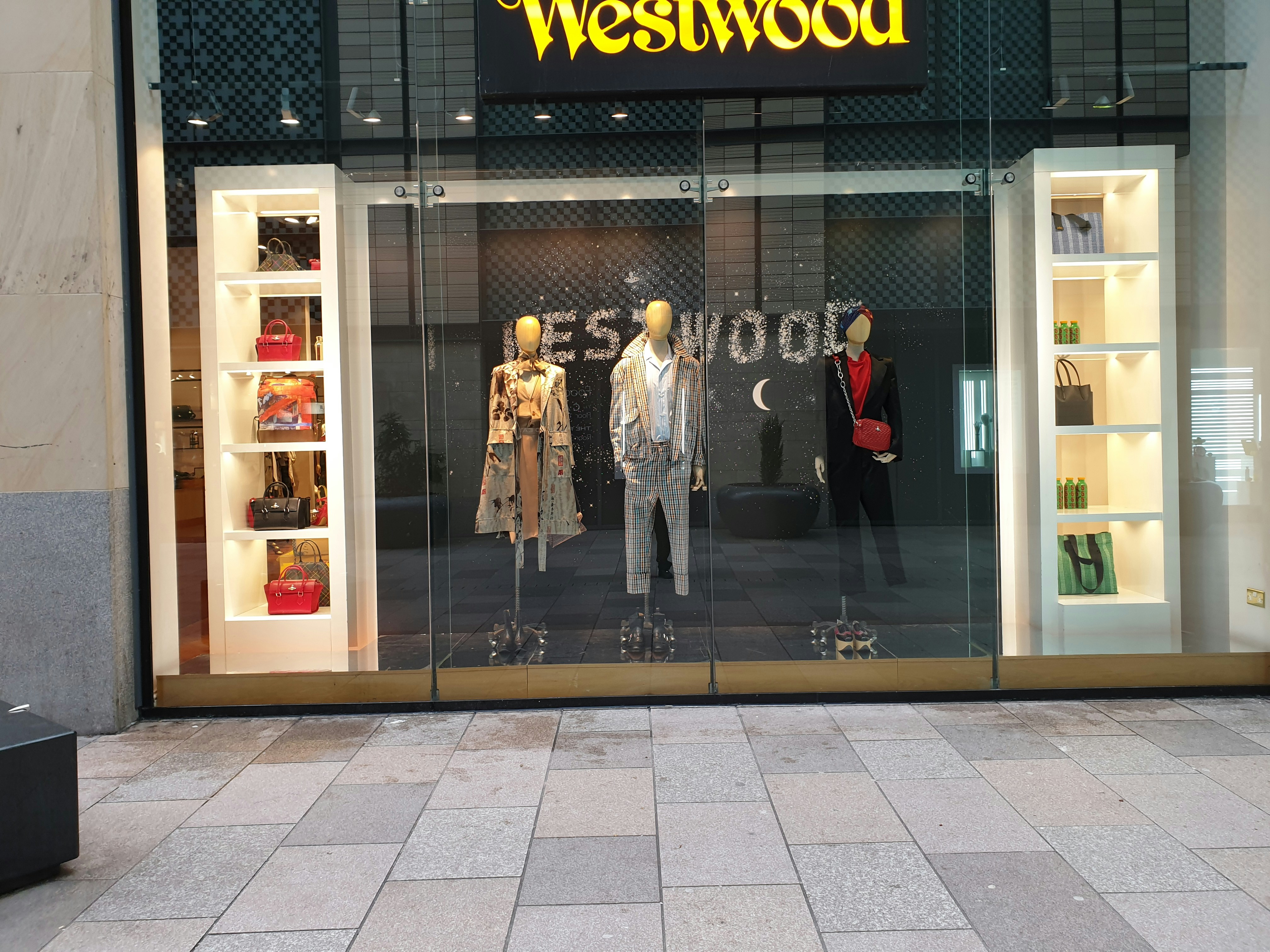Founded in 1759 by Josiah Wedgwood in Burslem, Staffordshire, Wedgwood has long been synonymous with fine British porcelain craftsmanship. Josiah, who sought to revolutionize pottery production, quickly faced the challenge of developing a new type of clay that would assert his brand’s superiority. His success came in 1765 with the creation of Jasperware, a refined stoneware that captured the attention of both consumers and collectors. This achievement marked the beginning of Wedgwood’s ascent as a leading name in the porcelain industry.
Over the years, Wedgwood has been characterized by its innovative techniques and artistic collaborations. The introduction of new methods, such as the clay body known as “Queen’s Ware,” appealed to a broader market. This breakthrough established Wedgwood as a household name, catering to the tastes of both the aristocracy and everyday consumers. The appeal of Wedgwood’s products only grew, leading to significant royal commissions, notably from Queen Charlotte and later, Queen Victoria, fortifying the brand’s prestigious status.
Throughout the 19th century, Wedgwood continued to flourish, adapting to changing societal trends while maintaining its commitment to quality. The company expanded globally, opening showrooms in key cities worldwide, thereby introducing its elegant designs to an international audience. The impact of industrialization also transformed Wedgwood, allowing for increased production capabilities without sacrificing artisanal quality.
Today, Wedgwood remains a hallmark of British porcelain, celebrated not only for its historical significance but also for its contemporary designs that echo the timeless elegance established by Josiah Wedgwood. As the brand evolves, it continues to honor its rich heritage while pushing the boundaries of creativity in porcelain artistry, ensuring its legacy endures through the present day.
Jasperware: The Iconic Innovation
Jasperware, an extraordinary porcelain developed by Josiah Wedgwood in the late 18th century, represents a significant advancement in ceramic art. This innovative material is characterized by its unique matte finish, which sets it apart from the glossy surfaces typical of traditional porcelain. The term “Jasperware” initially referred to a specific type of stoneware, but it has evolved to encompass a variety of Wedgwood creations that feature this iconic matte occlusion.
One of the most striking aspects of Jasperware is its rich color palette. The clay body is often tinted with natural pigments, allowing for an array of hues, from classic blues and greens to other subtle shades. These colors are not merely decorative but are integral to the overall impact of the piece. The neoclassical designs, prominently featured in Jasperware, frequently include reliefs depicting figures from Greco-Roman mythology, flora, and other intricate patterns. These designs not only showcase the technical prowess of the artisans but also communicate the elegance and sophistication associated with British porcelain.
The production of Jasperware involves a meticulous process that requires a careful balance of materials and techniques. The clay is mixed with porcelain and various colorants before being shaped and fired at high temperatures. This complex preparation ensures durability and allows for the fine detailing characteristic of Jasperware. The invention of this porcelain not only marked a pivotal moment in Wedgwood’s career but also set new standards for the art of ceramics, inspiring countless artisans worldwide.
Today, Jasperware continues to attract collectors and enthusiasts who appreciate its timeless beauty and craftsmanship. Its unique characteristics and historical significance contribute to its status as a sought-after collectible item. The enduring appeal of Jasperware serves as a testament to the genius of Josiah Wedgwood and the innovative spirit of British porcelain artistry.
Royal Commissions and Prestigious Collaborations
Wedgwood has long been synonymous with high-quality porcelain, and its legacy is deeply intertwined with an impressive array of royal commissions and collaborations. These prestigious engagements not only underscore the brand’s artisan prowess but also enhance its identity as a premier luxury goods manufacturer. Notably, during the reign of Queen Victoria, Wedgwood produced various exceptional pieces that adorned the royal household. The royal family’s preference for the exquisite craftsmanship of Wedgwood products significantly elevated the brand’s stature within elite circles.
One landmark piece was the ‘Vase of the Year,’ commissioned by Queen Victoria in 1851. This extraordinary creation showcased the intricate designs characteristic of Wedgwood pottery and symbolized a distinct blend of artistry and innovation. Such commissions served not merely as endorsements; they positioned Wedgwood as the go-to provider for aristocratic celebrations and events. This royal patronage remains a vital component of Wedgwood’s legacy, solidifying its reputation for elegance and refinement.
Beyond the royal connections of the past, Wedgwood has also engaged in meaningful modern collaborations that reflect changing consumer preferences and lifestyle. A significant partnership has been forged with the Fiskars Group, a move that embraces contemporary design while retaining traditional craftsmanship. This collaboration aims to refresh product offerings and broaden the brand’s appeal to a younger demographic while still respecting its heritage. By integrating modern aesthetics and innovations, Wedgwood continues to ensure its relevance in today’s luxury market.
In summary, the royal commissions and prestigious collaborations that have defined Wedgwood’s history are critical to its brand identity. They provide a narrative of elegance and excellence that bridges past and present, contributing to the timeless appeal of Wedgwood home products.
Modern-Day Wedgwood: Continuing Tradition with a Contemporary Touch
Wedgwood Home stands as a testament to the enduring legacy of British porcelain, harmonizing traditional craftsmanship with modern sensibilities. The brand has skillfully adapted its practices, integrating contemporary design elements that resonate with today’s consumers while remaining true to its rich heritage. This interplay of tradition and innovation is evident in the latest product lines that blend time-honored techniques with fresh aesthetics, ensuring relevance in a competitive market.
In recent years, the focus on sustainability has taken center stage within the luxury home decor sector. Wedgwood has embraced this trend, implementing eco-friendly practices in both production and sourcing. By utilizing sustainable materials and refining processes to minimize waste, the brand not only honors its commitment to the environment but also appeals to a growing demographic of environmentally conscious consumers. This forward-thinking approach enhances the appeal of Wedgwood products, ensuring they are not only beautiful but also responsibly made.
The resurgence of interest in heritage brands has further fueled Wedgwood’s current success. As consumers look for authenticity and quality, they have gravitated towards brands with storied histories and reputations for exquisite craftsmanship. Wedgwood’s collection exemplifies this trend, offering timeless elegance that appeals to individuals seeking luxury that carries a narrative. From contemporary dinnerware to striking decorative pieces, the brand presents a refined aesthetic, merging past brilliance with modern-day requirements.
Moreover, Wedgwood’s strategic collaborations with modern designers and artists have resulted in innovative collections that cater to the evolving tastes of contemporary consumers. These partnerships allow the brand to explore new avenues while celebrating its legacy, ensuring Wedgwood remains synonymous with elegance in the realm of luxury home decor. Through this blend of sustainability, traditional craftsmanship, and innovative design, Wedgwood Home continues to thrive, inviting a new generation to appreciate the timeless beauty of British porcelain.

